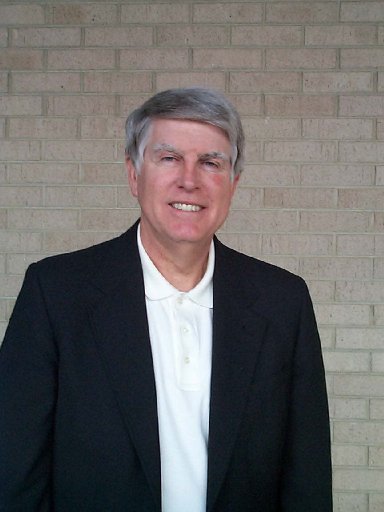Sewer rehab ongoing priority in Cleveland, Tenn.
Saturday, October 29, 2011
CLEVELAND, Tenn. - Cleveland Utilities will step up longstanding efforts to keep its sewer system working safely and efficiently next year, according to General Manager Tom Wheeler.
In a meeting late Thursday, Wheeler unveiled Scope 10, the utility's 10-year program for its "Strategic Commitment to Protect the Environment."
The rehabilitation program aims to reduce unwanted water flow, known as inflow and infiltration, into the city's sewer system. Excess water can result in overflows and costs as much to treat as sewage, officials said. It typically invades the system as rainwater entering through damaged pipes and manholes or by illegal downspout connections.
"One thing that's significant about this Scope 10 program is that it has to be a community effort to take us to the next level of where we need to go," Wheeler said.
He said the sewer rehabilitation program needs to involve residential and commercial customers. The utility's sewer rehabilitation efforts should include customers' private service lines, he said, which could cost as much as $3,000 to $5,000 per customer.
The city also will need to help by disconnecting any storm drains that still empty into the sanitary sewer, Wheeler said.
Cleveland Utilities has budgeted $1.2 million per year for the life of the 10-year program.
Wheeler said he believes Scope 10 is a natural continuation of efforts that began in the 1970s to improve Cleveland Utilities' role in safeguarding the environment.
Water Division Manager Craig Mullinax, in a report to the utility board, said the current focus of sewer rehabilitation projects is in southern Bradley County.
The zone - termed Basin 31-45 on Cleveland Utility sewer maps - generally falls within the confines of Chattanooga Pike, Varnell Road and Blackburn Road.
The area is responsible for nearly 23 percent of the utility's inflow and infiltration problems despite comprising only 11 percent of the total sewer system, according to a study by Littlejohn Engineering.
Paul Leach is based in Cleveland. Email him at paul.leach.press@gmail.com.well as large and small lines within the basin, Mullinax said. More than 24,000 feet of sewer lines and 560 manholes have been inspected so far, he said.
Detection and monitoring efforts were launched in September and likely will conclude by the end of November, according to Mullinax. At that point, he said, the utility would be able to assess the cost for actual repair work.
Paul Leach is based in Cleveland. Email him at paul.leach.press@gmail.com.

